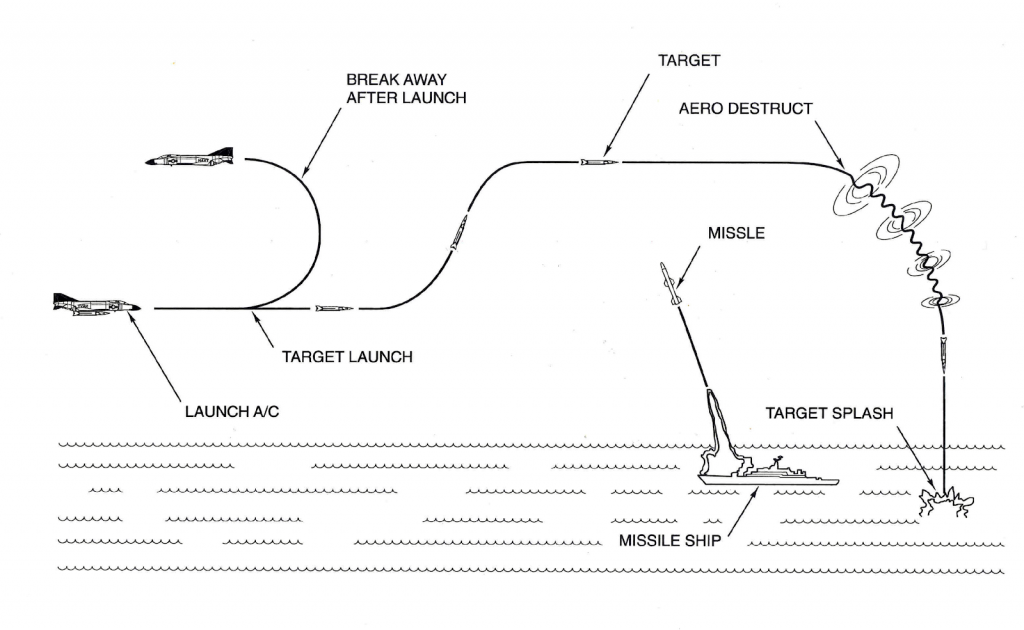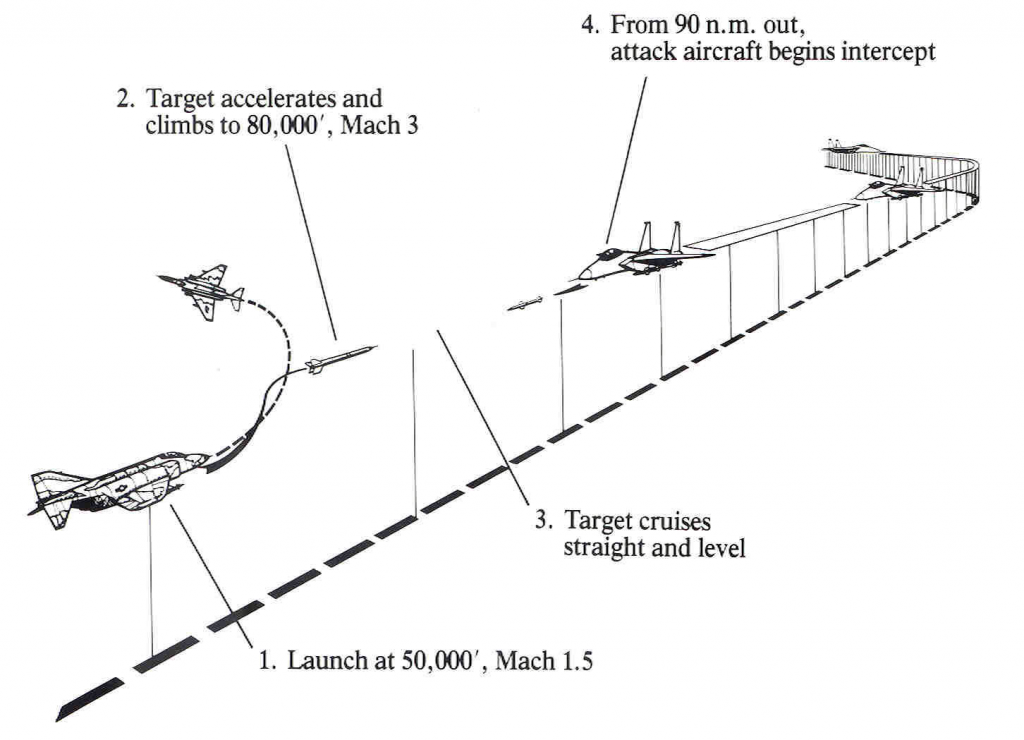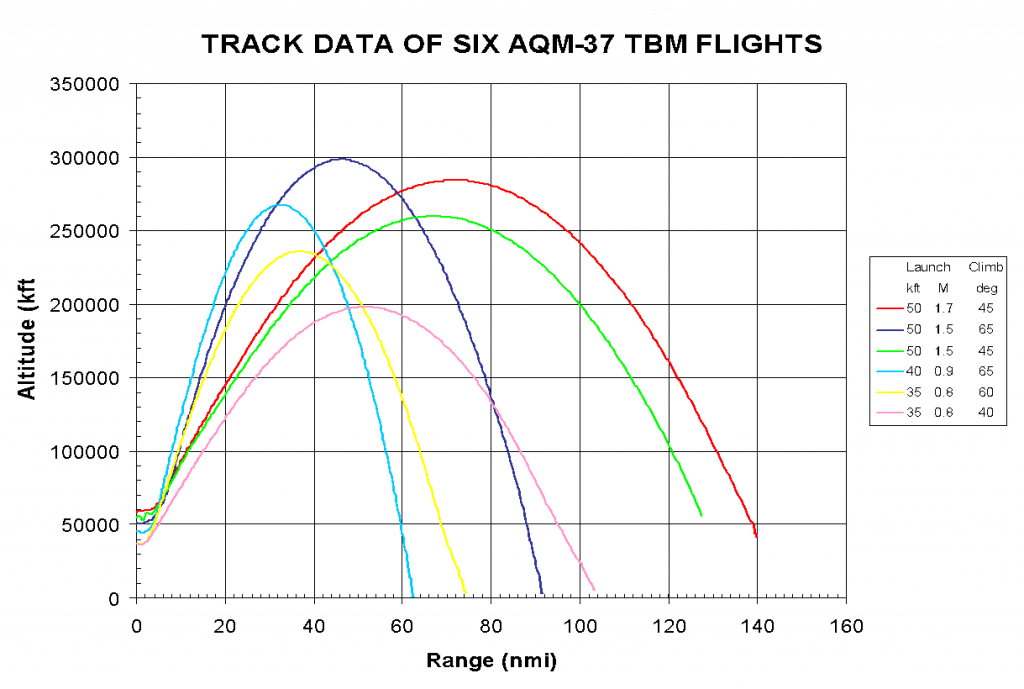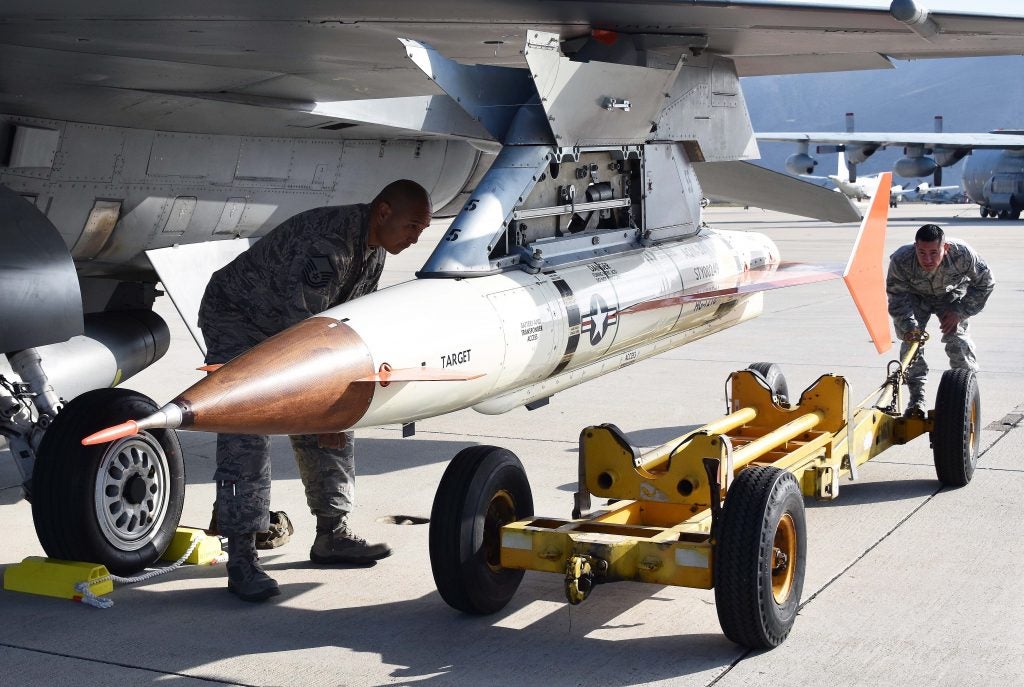U.S. Navy Conducts Launch of the Last Remaining AQM-37D
The U.S. Navy launched its last two remaining AQM-37 aerial targets on the 22 September, according to a press release from the Naval Air Systems Command (NAVAIR). The September test was in support of the U.S. Army’s Integrated Fires Mission Command operations at White Sands Missile Range, New Mexico.
“The final launch of the AQM-37 represents the closing of a chapter for the Aerial Targets Program Office (PMA-208) and our industry partners, but also intensifies our focus and provides us the opportunity to start and sustain new chapters with more advanced technology and capabilities that closer resemble the threats we face,” said Don Blottenberger, PMA-208 program manager.
“The legacy of the AQM-37 and those who were involved in its development and sustainment through the decades will not be forgotten,” said Blottenberger. “Its 60-year lifespan is a testament to its capability, reliability and the critical role it has played in the security and preparedness of both our own, and our international partners’ armed forces.”
The Air Force’s 412th Test Wing recently launched seven AQM-37 targets from F-16s to support testing of the E-2D Advanced Hawkeye and F-35 Lightning II at the Point Mugu Sea Range.

Born out of a Navy-Air Force design competition for an air-launched supersonic target, the AQM-37 came into being in 1959. The target conducted its first flight in 1961 and later entered production as the AQM-37A two years later in 1963. Although the Navy remained the major service for AQM-37A, the target was also the backbone of the various aerial target program offices across the Department of Defense. The AQM-37A had an operational altitude range of 300m (1,000 ft) and 24.5km (80,000 ft), the target drone was capable of reaching Mach 3 at high altitude.

The Navy modified 10 AQM-37As in the early 1980s to serve as a basis for the AQM-37C, a new variant that would succeed the AQM-37A. The new version had enlarged heat-resistant tail surfaces, better autopilot capability, range safety-related improvements and mid-flight radio control after launch. While the changes seemed fairly modest, the new flight envelope of the AQM-37C was anything but modest. The new AQM-37C could reach an altitude of 100km (300k ft) and attain speeds of Mach 4-5 in a dive from such altitude, making it a perfect candidate for simulating Tactical Ballistic Missiles (TBM). The first production AQM-37Cs were delivered to the Navy in 1986. A modified variant of the AQM-37C, called the AQM-37C Extended Performance (EP), conducted its first flight test in 1984.

The development of the AQM-37D took place in the mid-1990s, with first flight taking place in 1997. The AQM-37D was produced by Raytheon and succeeded the older AQM-37C (EP) by replacing obsolete parts. With more than 5,000 AQM-37s produced and fired, the AQM-37 was extremely important in ensuring the rigorous testing and validation of mainstay missiles systems such as the Navy’s Standard Missile family, and the AIM-9 and AIM-120 air-to-air missiles.

